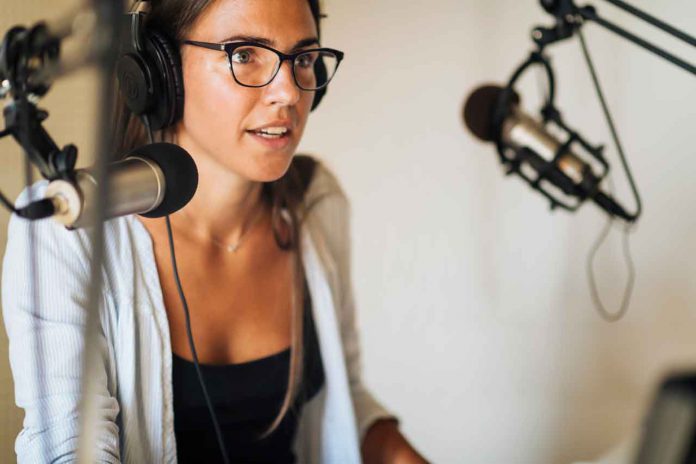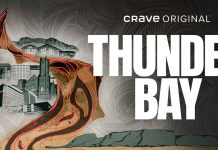by Alex Schnee
You’ve finally decided that you’re going to go ahead and start your podcast. You’ve come up with a topic, decided whether or not you want it to sound professional or more laid back, and you have determined how often you want to release episodes. Now it just comes down to choosing the right tools to help you make your podcast the success you know it can be.
Here are four types of tools you might want to have on hand when you go to record your first episode.
1. A quiet room
One thing you can’t escape having when you are putting together a podcast is a place where you can record in peace. The quieter your room can be, the better recording you are likely to have and the more professional your show will sound. While it can be a bit of a challenge to find space in your home, especially if you are sharing it with the rest of your family, finding that quiet area can make all the difference.
2. Headphones
Headphones can help a lot when it comes to hearing how your recording is coming along and if you need to make any adjustments. You don’t necessarily need to have the newest or fanciest headphones on the market—usually a pair that blocks out some of the outside noise can work just as well. However, they can also be helpful when it comes to editing your episode since it can allow you to better hear parts that you might want to remove from your finished episode.
3. A quality microphone
Like your headphones, you don’t need to invest in the most expensive microphone on the market to put together a good podcast. On the other hand, you should have some way to record episodes that are not through your computer’s microphone. These are more likely to pick up additional sounds that you don’t want in the background of your recording. You also don’t need to have a huge setup—one that is compact and fits within a small space can work just as well depending on the quality of the equipment.
4. Editing and recording software
Once you have recorded your interviews or episode, it’s time to dig in and make the changes that make a podcast sound professional. You might want to add an intro and outro, remove any filler words or long pauses, and compress audio in a program like Audacity so you can share it on a number of different platforms. Editing is where your podcast is likely to come together, and very few podcasts perform well without being thoroughly edited. Once you have done that, you will then want to make sure you distribute it on several different audio-listening platforms.
In summary
Putting together a new podcast can be a fun and fulfilling hobby or part of your marketing strategy. When you have the right tools available, you are more likely to watch it take off.




